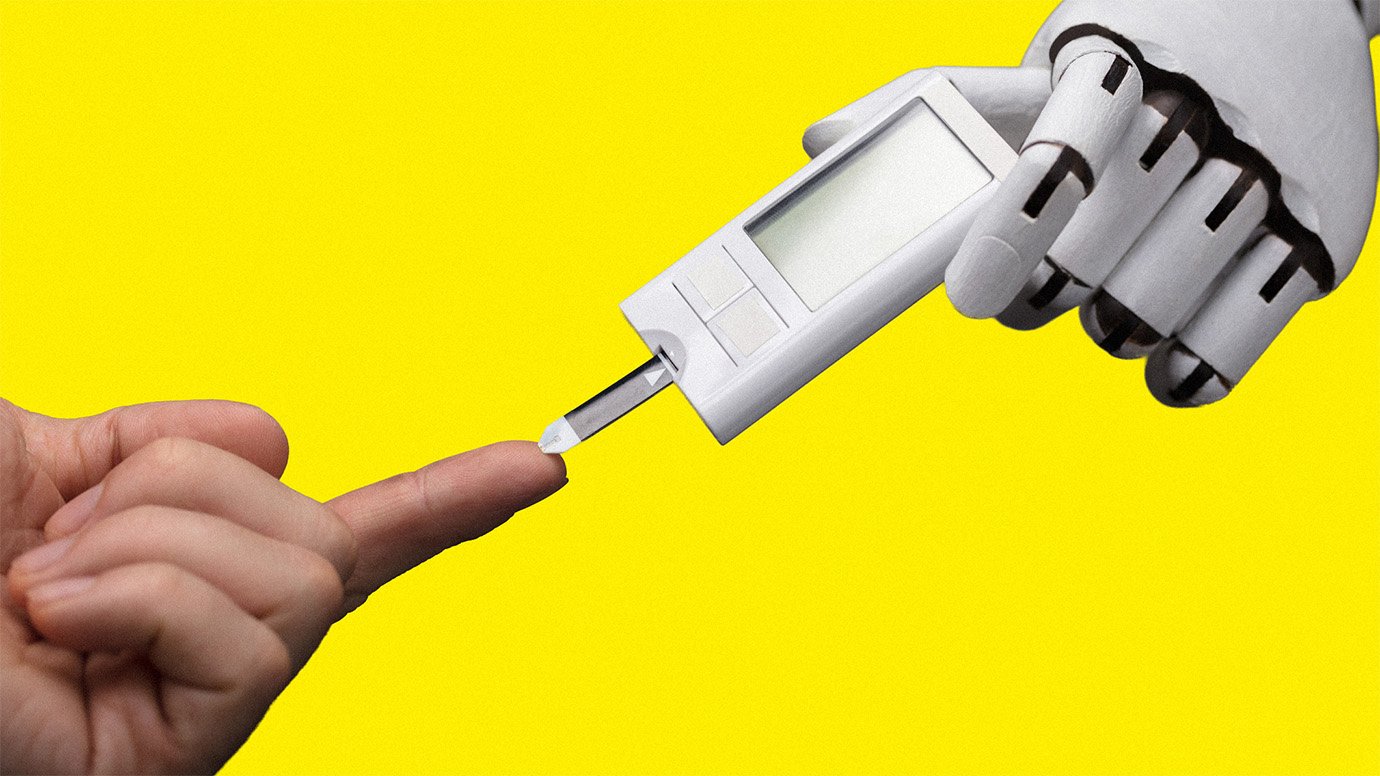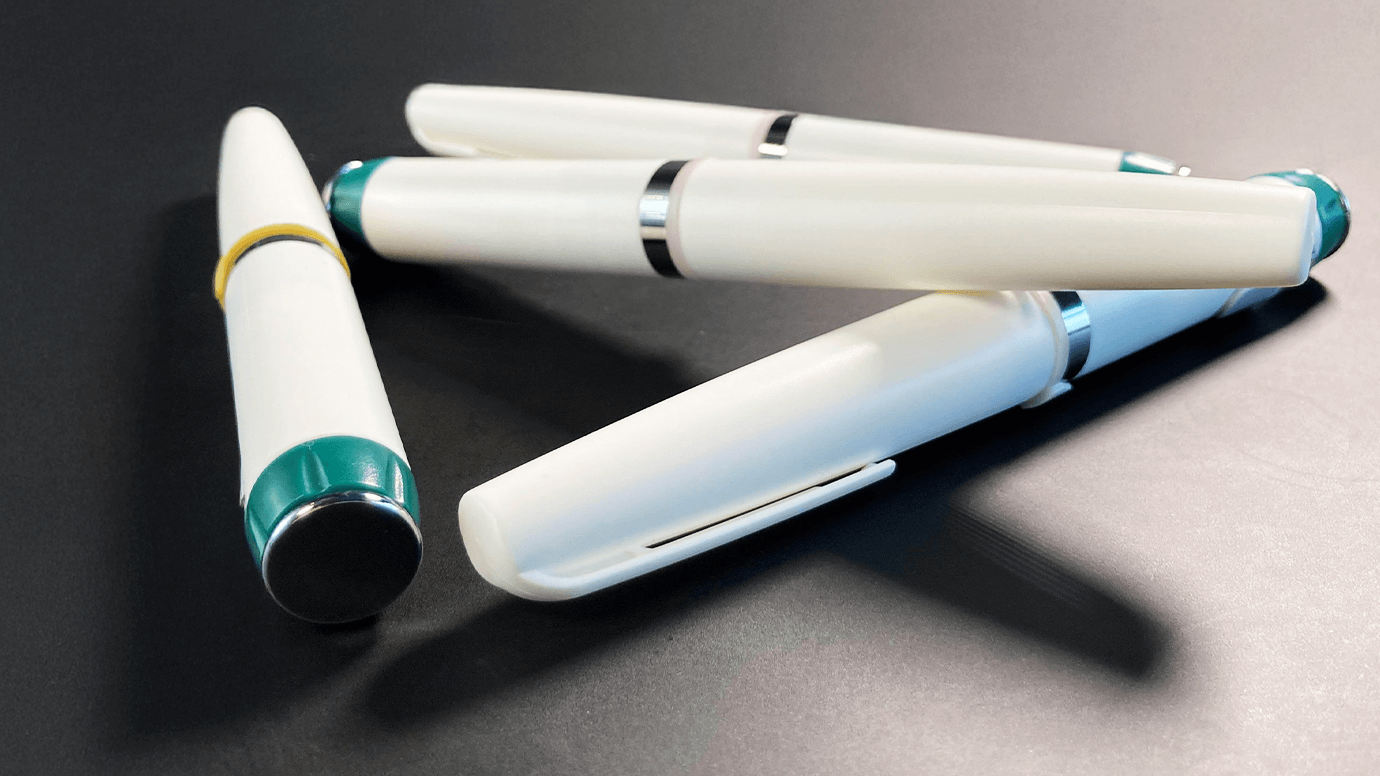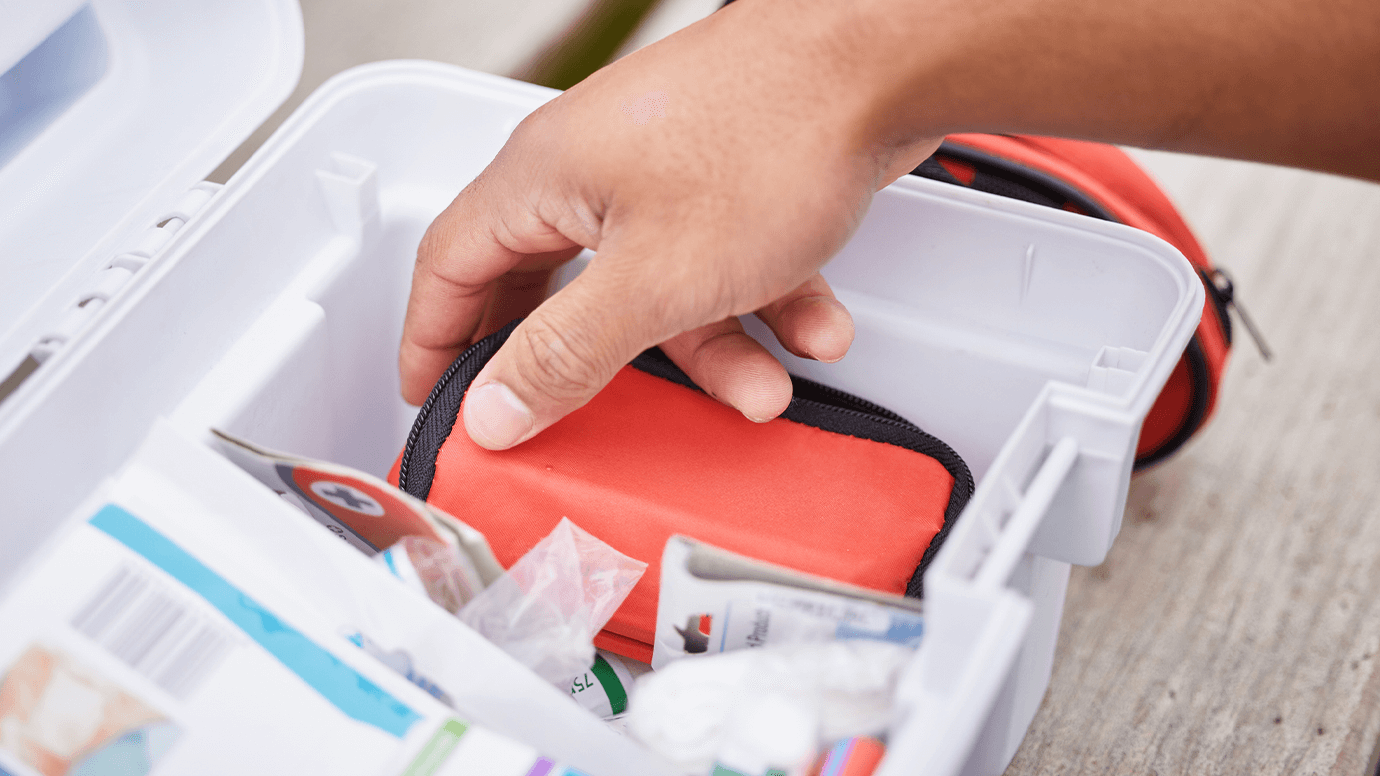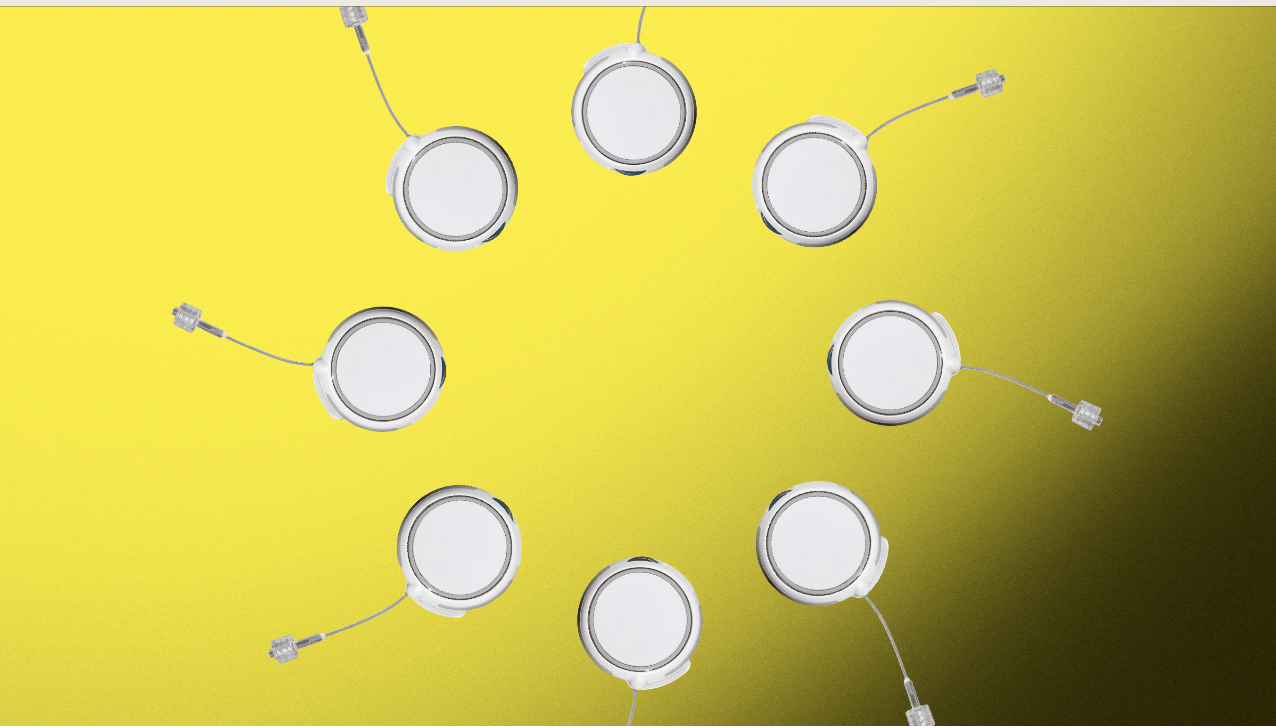CGMs, Glucose Levels & Mood: The Science of Feeling Good
Written by: Kourtney Johnson
5 minute read
August 14, 2025
Ever feel moody or spaced out, then realize your glucose is low or high? You’re not alone. For people living with diabetes, glucose levels and mood are closely connected, and glucose swings can affect how you feel—mentally and emotionally. That’s because your body and brain rely on steady glucose levels to work their best.
In this article, we’ll explore:
- The science behind glucose swings and their impact on mood.
- Why stability in glucose levels and mood supports emotional clarity.
- How real-time glucose tracking improves decision-making.
- Ways continuous glucose monitors (CGMs) empower people with real-time emotional insights.
- The deep connection between sleep quality, stress and glucose fluctuations.
- What people living with diabetes say about CGMs and mood shifts.
The science behind glucose swings and mood changes
- Low glucose (hypoglycemia): Can cause anxiety, fatigue and brain fog.
- Your brain runs on glucose.
- Low glucose messes with your mood and makes it harder to think clearly.
- High glucose (hyperglycemia): Chronically high glucose levels may damage blood vessels and interfere with brain signals.
- Insulin resistance: Occurs when cells stop responding well to insulin.
- Makes it harder for glucose to enter and be used for energy.
- It is linked to depression and bipolar disorder due to chronic inflammation and brain chemical changes.
Glucose levels and mood: Why stability matters
- When we talk about feeling foggy, irritable or drained, it’s often tied to glucose levels and their impact on mood.
- Knowing your glucose levels in real time helps you track patterns—turning insight into action.
- In turn, you can avoid crashes that lead to mood swings or low focus.
How CGMs give you real-time mental clarity
- Continuous glucose monitors (CGMs) are small devices you wear, usually on your arm or stomach, that constantly track your glucose.
- CGMs help you make better choices based on what your body needs in the moment.
- CGMs like the FreeStyle Libre 3 Plus:
- Offer minute-by-minute updates all day and night.
- Show whether your glucose is rising, falling or steady.
- Help you spot the glucose impact of emotional triggers like stress or lack of sleep.
Glucose stability = Emotional stability
Managing glucose with a CGM has been shown to improve mental health.
- One study shows that after 12 weeks of using a CGM, people reported feeling less emotional stress.
- Another study, focused on the FreeStyle Libre, found that users felt better overall and had higher scores for quality of life.
Sleep and mood are connected
Disrupted sleep alters insulin use and emotional balance. Monitoring sleep, glucose and mood together helps uncover patterns and boost resilience.
CGMs can:
- Spot nighttime glucose patterns that disrupt sleep.
- Help you notice patterns around and adjust meals, bedtime habits or stressors.
- Reveal how disrupted sleep leads to cortisol (stress hormone) spikes and glucose swings.
- One JAMA Network Open study found that poor sleepers tracked with CGMs had more glucose variability—Proof that sleep and glucose go hand in hand.
What real people say about CGMs and mood
CGMs give you a clear picture of your glucose levels and how they affect your mood.
Miranda Olson has type 1 diabetes and uses a CGM. She says, “My mood is highly correlated with my glucose. When it’s not where I want it to be, it can really affect how I feel emotionally.”
On the flip side, seeing how much time she spends in range reminds Olson how strong and capable she is managing something that never takes a break.
“It’s a double-edged sword, but ultimately, the insight a CGM gives me is empowering.”
Closing thoughts: Awareness is empowerment
Health isn’t just physical. It’s emotional too.
Your glucose levels don’t just tell a story about your body. They reflect your mood, focus and emotional swings.
From brain fog to sudden emotional shifts, the role of glucose in how you feel is powerful and often overlooked.
Whether it’s consistent sleep, thoughtful meals, stress management or using a CGM for real-time insight, the more you understand your patterns, the more control you gain.
And with that control comes clarity, confidence and the ability to act before lows take you off track.
This content was made possible by Abbott, an active partner of Beyond Type 1.
Beyond Type 1 maintains editorial control over its content.

Author
Kourtney Johnson
Kourtney is a registered dietitian living with type 1 diabetes. She was inspired to study nutrition after learning about the role food plays in managing this condition. When she's not writing about all things food and diabetes-related, she enjoys reading, cooking, traveling, going to the beach and spending time with loved ones.
Related Resources

The American Diabetes Association’s 2025 Scientific Sessions in Chicago were full of fresh ideas and...
Read more

Managing diabetes is hard enough, and the high cost of continuous glucose monitors (CGMs), insulin...
Read more

Managing diabetes requires ongoing preparation. Organizing your diabetes supplies isn’t optional—it’s essential. Quickly locating insulin,...
Read more

